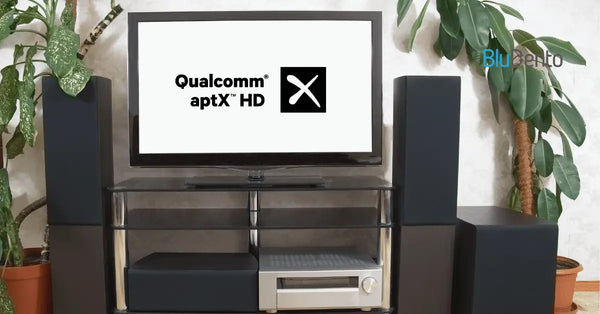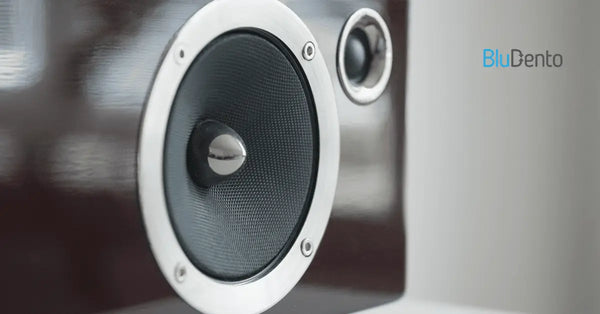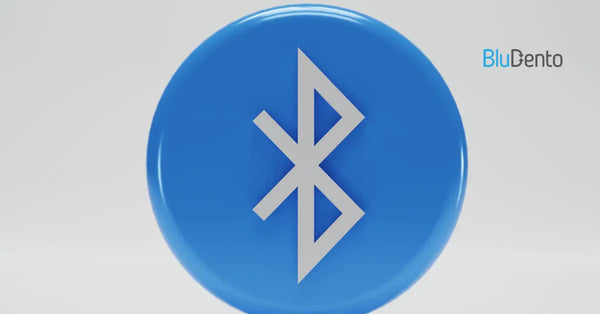How a Wireless Streamer Simplifies Music Setup

Imagine this: you’re hosting a dinner party, and your playlist flows seamlessly from your phone to the speakers without a single wire in sight. That’s the magic of a wireless streamer. Whether you’re a casual listener or a hardcore audiophile, these devices have revolutionized how we experience music. But with so many options and jargon-filled specs, where do you start? Buckle up—we’re diving deep into the world of wireless streamers to answer every question you didn’t even know you had.
What Exactly Is a Wireless Streamer, and Why Does It Matter?
Let’s break it down. A wireless streamer is a gadget that turns your wired audio setup into a wireless powerhouse. Think of it as a translator: it takes digital audio from your phone, laptop, or tablet and sends it to your speakers, headphones, or home theater system without a single cable. Why does this matter? For starters, it’s all about convenience. No more tangled cords, no more awkward speaker placement. But beyond that, modern wireless streamers use advanced codecs like aptX and AAC to deliver near-CD quality sound—something that was unthinkable a decade ago.
For example, I once tried connecting my vintage turntable to my smartphone using a basic Bluetooth adapter. The result? Laggy, tinny audio that made me miss my wired setup. But after upgrading to a high-end wireless streamer with aptX-LL (Low Latency), the difference was night and day. Crisp highs, punchy bass, and zero delay—it felt like my old gear had been reborn.
Bluetooth vs. Wi-Fi: Which Connectivity Wins for Wireless Streamers?
When it comes to wireless streamer tech, the battle of the protocols is real. Bluetooth and Wi-Fi both have their fans, but they’re not created equal.
| Bluetooth | Wi-Fi (e.g., Chromecast, AirPlay 2) |
|---|---|
| Pros: Easy pairing, low power use, great for portable devices | Pros: Higher bandwidth, multi-room syncing, better for high-res audio |
| Cons: Range limits (~30ft), potential interference | Cons: Requires strong router, more complex setup |
Bluetooth shines for casual listeners who want simplicity. Plug a Bluetooth wireless streamer into your receiver, pair your phone, and boom—you’re done. But if you’re streaming lossless FLAC files or syncing music across multiple rooms, Wi-Fi-based solutions like Apple’s AirPlay 2 or Google’s Cast are your best bet. They handle heavier data loads without breaking a sweat.
Top 5 Wireless Streamers for Audiophiles in 2025
Ready to upgrade? Here’s the cream of the crop:
- Bludento B2 – A USB stick-style wireless streamer with ESS Sabre DAC for studio-grade clarity.
- Sonos Connect – Perfect for multi-room setups, works with Alexa and Google Assistant.
- Cambridge Audio DacMagic 200M – Hybrid DAC and wireless streamer with Tidal Connect support.
- FiiO UTWS1 – Budget-friendly Bluetooth receiver with LDAC decoding.
- Blafili B3 – All-in-one receiver with built-in wireless streamer for minimalist setups.
Pro Tip: If you’re investing in high-end gear, prioritize models with MQA or LDAC support. These codecs preserve more audio detail than standard Bluetooth ever could.
How to Fix Common Wireless Streamer Glitches (No Tech Degree Needed)
Even the best wireless streamers can act up. Here’s how to troubleshoot like a pro:
- Connection Drops: Move your router and streamer closer together. Bluetooth hates thick walls.
- Audio Latency: Switch to a low-latency codec (aptX-LL instead of SBC).
- No Sound?: Restart both devices. Sometimes, it’s that simple.
- Static or Distortion: Check for firmware updates—manufacturers often tweak performance post-launch.
I once spent hours trying to fix a buzzing sound from my wireless streamer until I realized my microwave was interfering. Moral of the story: keep gadgets away from appliances!
The Hidden Cost of Cheap Wireless Streamers: Buyer Beware!
You’ve seen them: $20 wireless streamers promising “crystal clear sound.” But here’s the catch: cheap models often skimp on codecs, hardware, and shielding. A budget streamer might max out at SBC, the lowest-quality Bluetooth codec, while a pricier one supports aptX HD for richer audio. Worse, low-end devices can introduce noise or drop connections in crowded Wi-Fi environments.
Think of it this way: would you spend $2,000 on speakers only to connect them with a $10 dongle? Invest wisely—a wireless streamer is the unsung hero of your audio chain.
Wireless Streamer vs. Traditional DACs: Which Delivers Superior Sound?
Purists argue that wired DACs (Digital-to-Analog Converters) still reign supreme. But modern wireless streamers are closing the gap.
| Traditional DAC | Wireless Streamer + DAC |
|---|---|
| Zero latency | Potential for delay (unless using aptX-LL) |
| No interference | Relies on signal strength |
| Superior detail | Convenience + flexibility |
Take the AudioQuest DragonFly mentioned earlier. It combines a DAC and wireless streamer in a thumb-drive form factor. Pair it with a decent amp, and you’ve got a portable audiophile rig. The verdict? If you value sound quality above all, hybrid setups win. But for most folks, today’s wireless streamers strike the perfect balance.
Future-Proof Your Setup: What’s Next for Wireless Streaming Tech?
The future’s bright for wireless streamers. Trends to watch:
- LE Audio: The next-gen Bluetooth standard promises better battery life and “audio sharing” (think: sharing your playlist with friends via a single tap).
- AI-Powered EQs: Imagine a wireless streamer that auto-adjusts sound based on your room’s acoustics.
- Lossless Over Bluetooth: Companies like Qualcomm are pushing for true lossless streaming via Bluetooth—no more compromises.
According to ABI Research, wireless audio device shipments will hit 1.3 billion units by 2026. The message? Wireless streamers aren’t just a fad—they’re the future.
Frequently Asked Questions
Can I use a wireless streamer with non-Bluetooth speakers?
Yes! Many wireless streamers offer analog or optical outputs for older gear.
Do wireless streamers work with Android and iOS?
Most modern models are cross-platform compatible. Check specs for codec support.
Is Wi-Fi audio better than Bluetooth?
Wi-Fi generally handles higher-resolution files, but Bluetooth’s improving fast.
How do I sync multiple wireless streamers for multi-room audio?
Use a system like Sonos or Google Cast—Wi-Fi-based protocols are best for syncing.
Are wireless streamers secure?
Bluetooth 5.0+ uses encryption, but public networks are riskier. Avoid sensitive data.
Can a wireless streamer improve my existing speaker’s sound?
Absolutely! A quality wireless streamer paired with a good amplifier can breathe new life into old speakers.
Conclusion
The wireless streamer isn’t just a gadget—it’s a game-changer. From hassle-free convenience to jaw-dropping audio quality, these tiny devices are rewriting the rules of how we listen. Whether you’re a casual streamer or a die-hard audiophile, there’s never been a better time to cut the cord. So go ahead: embrace the freedom, crank up the tunes, and let your ears thank you.











